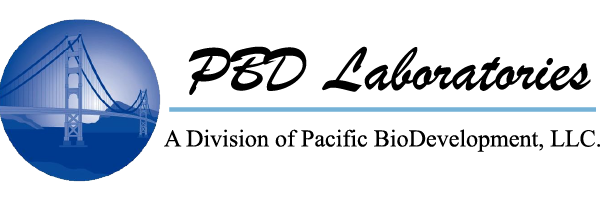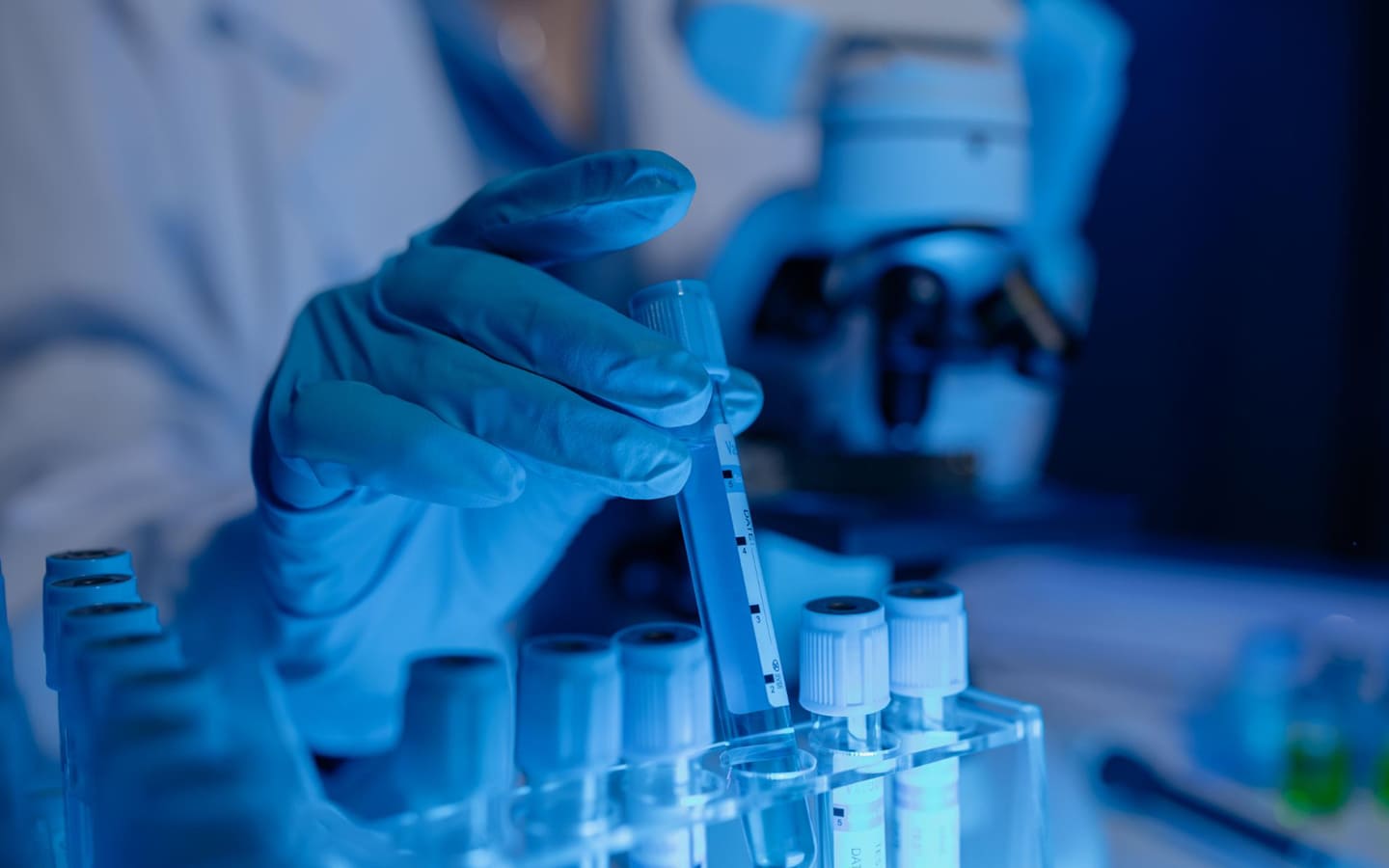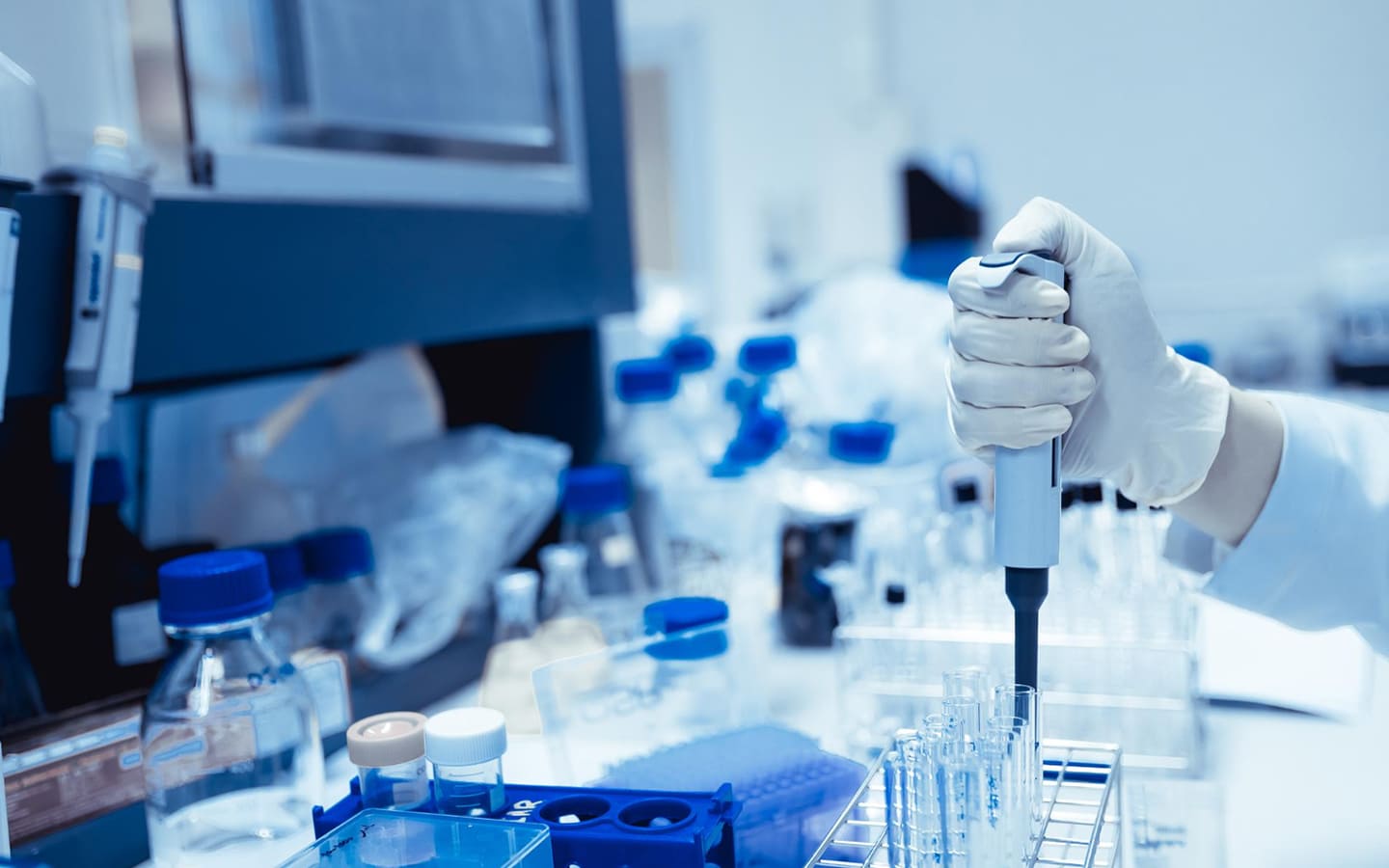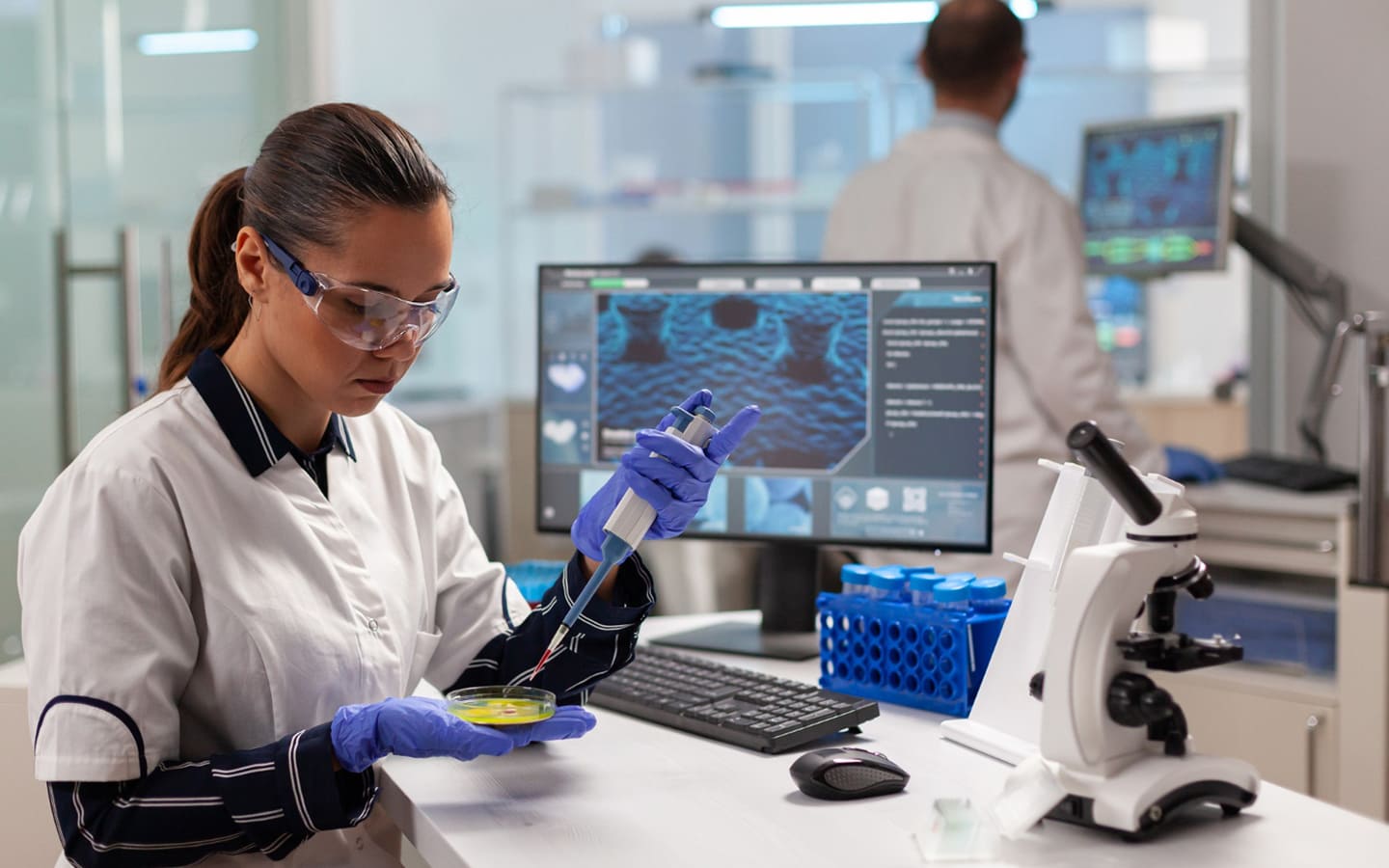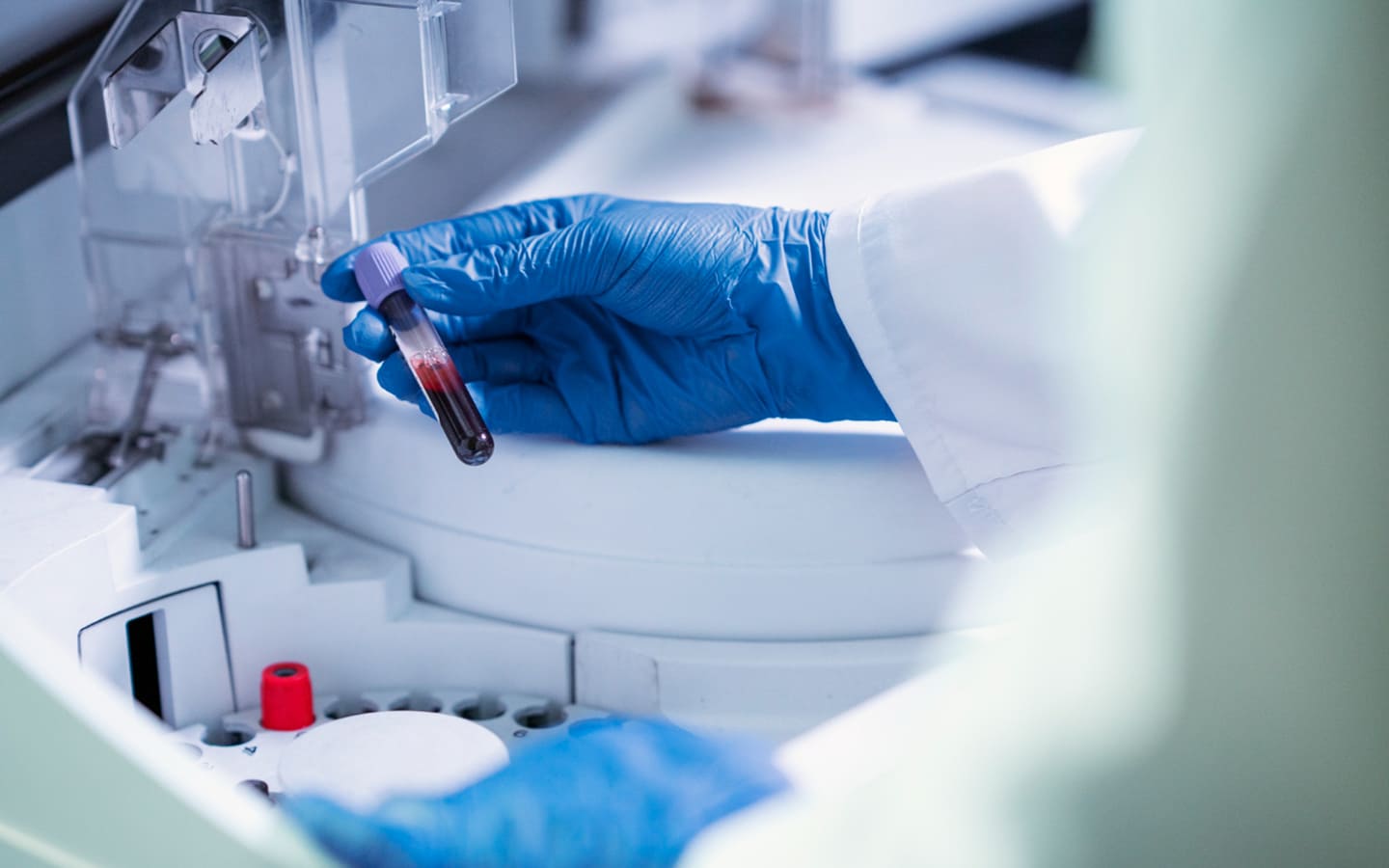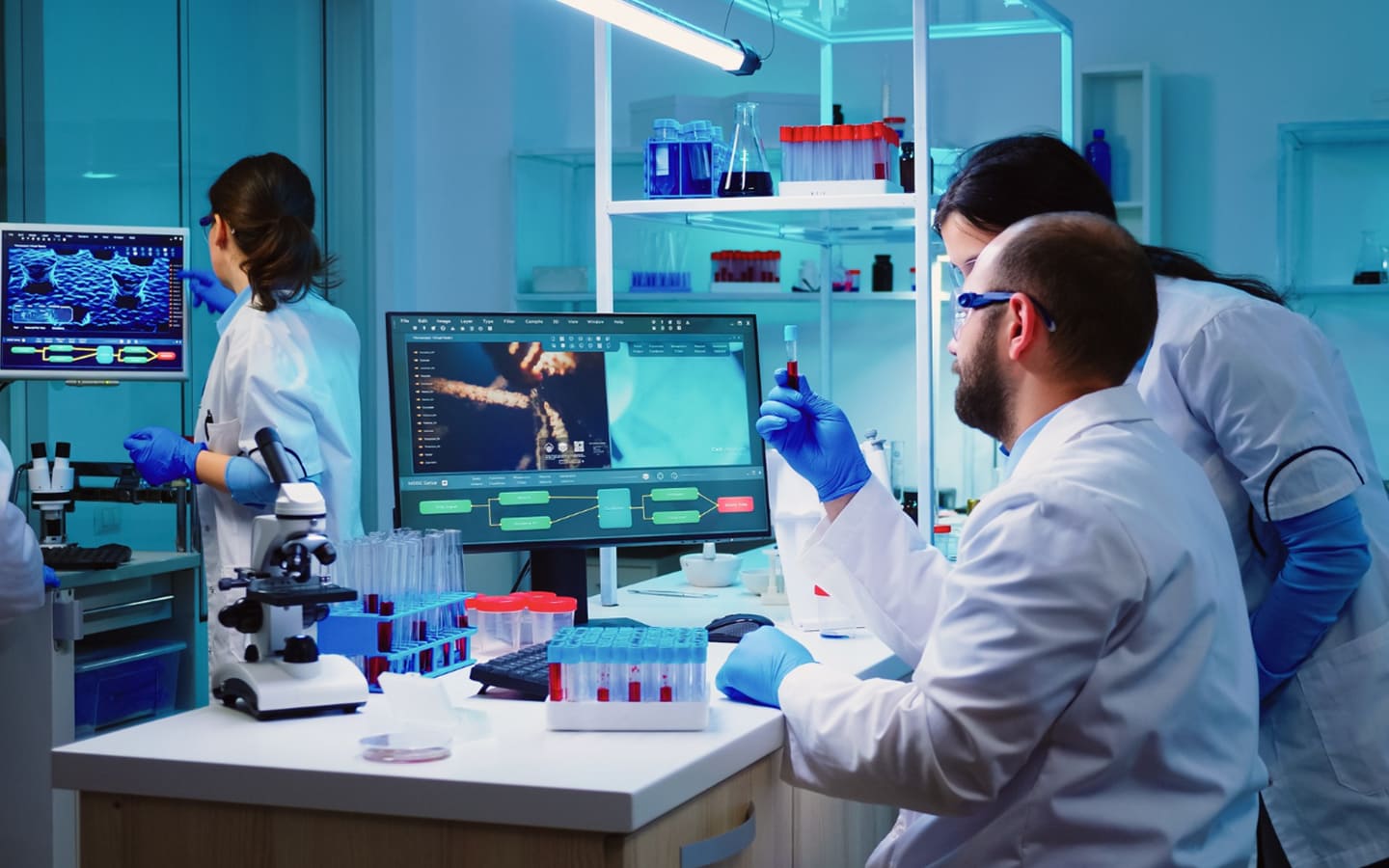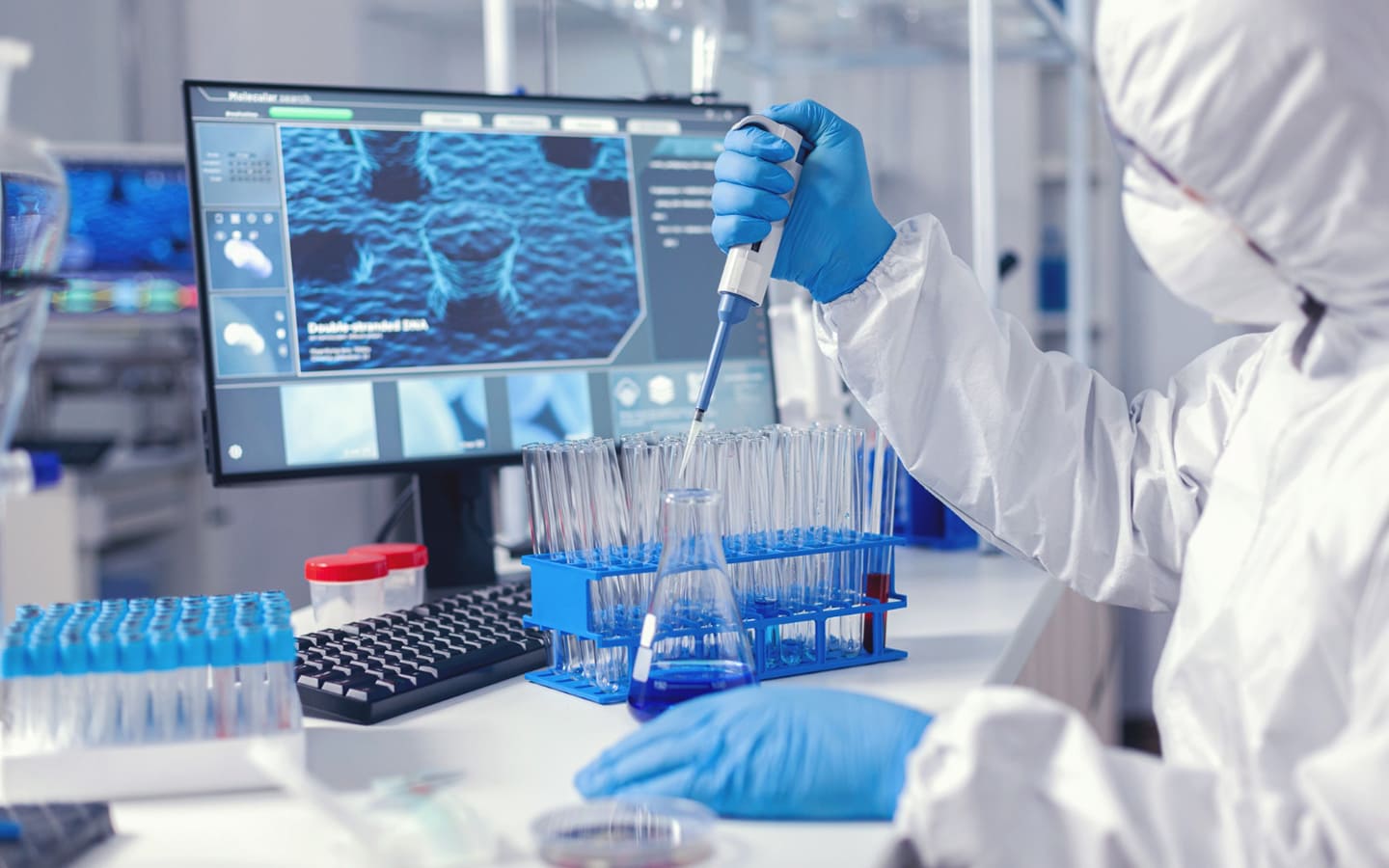Higher Order Structure (HOS) of Biologic Products
Verification of Higher Order Structure in biopharmaceutical formulation and biosimilars is critical to ensure efficacy, stability, and safety.
The near-UV (250-360 nm) CD is sensitive to protein tertiary and quaternary structure, reflecting the arrangement of aromatic amino acids and disulfide bonds.
Near UV CD is sensitive to:
- Protein tertiary structure change upon drug ligand binding and enzyme kinetics
- Base pairing and secondary structure of DNA/RNA
- Sample confirmation (stability, homogeneity)
The far-UV CD (180-250 nm) is sensitive to changes in protein secondary structure as reported by the bond angles of the backbone chain. This regime can also probe carbohydrate composition and polysaccharide structure. Far UV CD is sensitive to:
- Sample confirmation (structure, stability, homogeneity)
- Unfolding and aggregation of protein and peptide formulations
- Structural changes in response to environment (ligands, solution conditions, modification, etc)
Enantiomeric Purity of Small Molecules
Enantiomers absorb right and left circularly polarized light differently, allowing the determination of the enantiomeric ratio without the time-consuming process of enantiomeric separation. CD can inform on:
- Measurement of purity of optically active compounds
- Enantiomeric composition
- Stereochemistry
- Racemization
- Enantiomeric differentiation
- Quantitative assessment of chiral drugs


